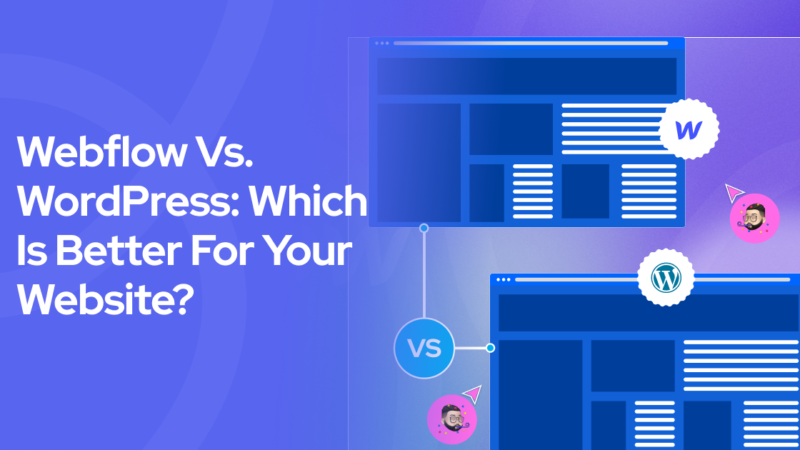Data-Driven Design: Using Analytics and User Feedback to Inform Design Decisions

In today’s fast-paced digital landscape, understanding user behavior is paramount for successful design. Rather than relying solely on intuition, designers can leverage data analytics and user feedback to mold their creative strategies. This post delves into the importance of data-driven design, explores key techniques for gathering insights, and details how these insights can effectively inform design decisions.
The Importance of Data-Driven Design
Data-driven design is not just a trend; it’s a necessity. By grounding design decisions in analytics and user feedback, businesses can create more user-centric products and experiences.
Benefits of Data-Driven Design
- Enhanced User Experience: By understanding how users interact with your product, you can streamline navigation and improve usability.
- Informed Decision-Making: Instead of guessing what users want, data provides concrete evidence to guide design decisions.
- Reduced Costs: Identifying and fixing issues early in the design process can save money during development.
“Good design begins with a strong understanding of the user. Data-driven design ensures that understanding is rooted in real-world behavior.”
Gathering User Insights: Analytics and Feedback

Utilizing Web Analytics
Web analytics tools, such as Google Analytics, provide invaluable data on user behavior. These insights can highlight which pages are most visited, how long users spend on each page, and where they drop off in the conversion funnel.
- Key Metrics to Track:
- Bounce Rate: Indicates how many users leave the page without taking any action.
- Session Duration: Shows how long users are engaged with your content.
- Conversion Rate: Measures the percentage of users who complete a desired action.
For a deeper understanding, consider implementing tools like heatmaps (e.g., Hotjar) that visually represent user interactions on your site.
Collecting User Feedback
While analytics give you quantitative data, user feedback offers qualitative insights. Engaging directly with users can reveal their thoughts, frustrations, and desires.
Methods for Collecting Feedback
- Surveys: Use tools like SurveyMonkey or Google Forms to create structured questionnaires.
- Usability Testing: Observe users as they navigate your site or application, noting any difficulties they encounter.
- Customer Interviews: One-on-one conversations can uncover in-depth insights that surveys might miss.
“User feedback is a goldmine; it can point out the areas where the design may be falling short and provide ideas for improvement.”
Implementing Insights into Design

Once you’ve gathered your data and feedback, the next step is translating these insights into actionable design changes.
Prioritizing Changes
Not every insight will warrant immediate action. Prioritize changes based on:
- Impact: How significantly will the change improve user experience?
- Feasibility: What resources are available to implement the change?
- Timeframe: How quickly can the change be brought into effect?
Example of Prioritization
Imagine your analytics show a high bounce rate on a particular landing page. User feedback indicates that the page is too cluttered. You could prioritize a redesign of the landing page based on the impact it may have on improving conversions.
A/B Testing
After implementing design changes, A/B testing can determine which version performs better based on user interaction.
- How to Conduct A/B Testing:
- Identify a specific change to test, such as button color or layout.
- Divide your audience randomly, serving each group a different version.
- Analyze the performance of both versions to see which drives better engagement.
Continuous Improvement

Data-driven design is an ongoing process. Continually collect analytics and user feedback, refining your designs to better meet user needs. Regularly revisit analytics to monitor if the changes made are resulting in the desired outcomes.
Developing a Feedback Loop
Establishing a feedback loop ensures that design evolves alongside user needs. This involves:
- Periodically analyzing data.
- Engaging with users for fresh insights.
- Iteratively improving the design based on ongoing findings.
“The best designs are never truly finished; they’re continually evolving based on user feedback and analytics.”
Conclusion
Incorporating data-driven design into your process allows you to create more relevant and meaningful user experiences. By combining analytics with user insights, designers can craft products that truly resonate with their audience.
As the digital landscape continues to evolve, embracing a data-driven approach can set you apart from the competition. Start integrating analytics and user feedback today to enhance your design strategy and, ultimately, your user satisfaction.
If you’re ready to take the plunge into data-driven design, consider setting up analytics and a feedback collection system now. The insights you gain today will inform your designs for tomorrow!
Helpful Resources:
Explore these tools to kickstart your journey into the world of data-driven design!







